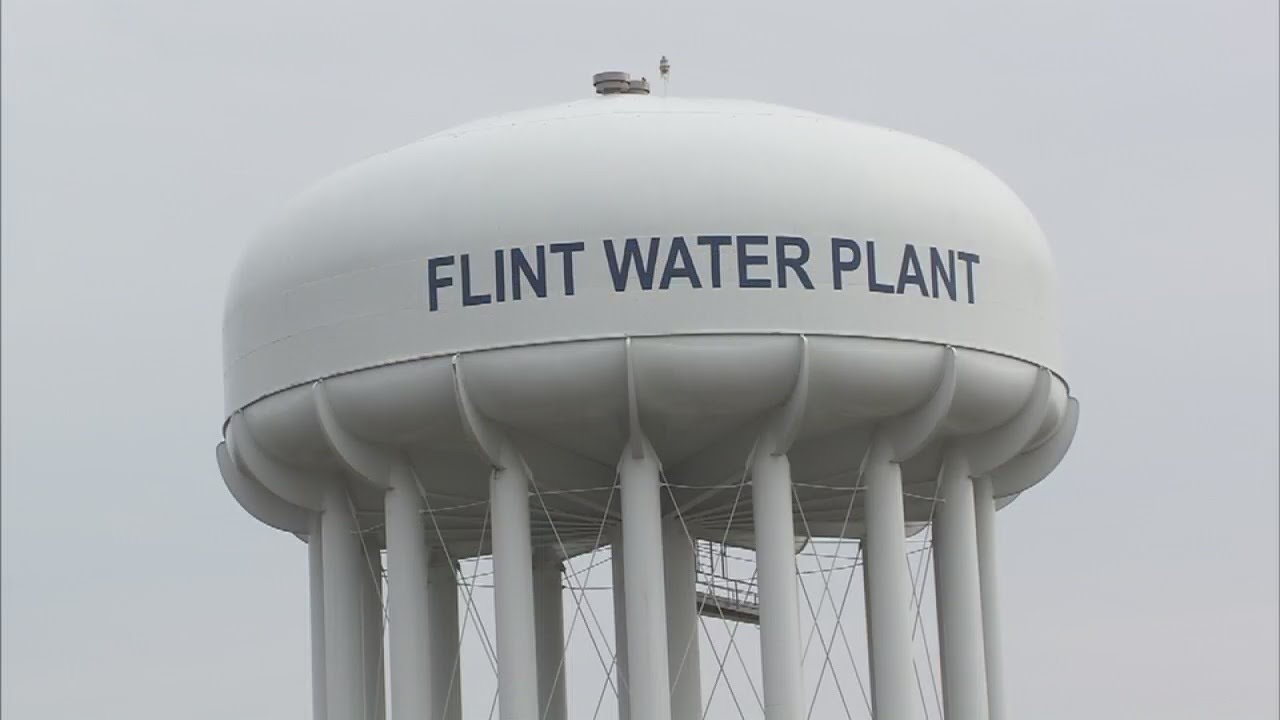By Michael Bastasch
Michigan regulators have gotten most of the blame for allowing high levels of lead get into the city of Flint’s drinking water, but a new government report notes the Environmental Protection Agency (EPA) wasn’t enforcing federal law despite knowing lead was seeping into people’s drinking water.
A new Congressional Research Service (CRS) report has federal lawmakers up in arms. The report details how the EPA is required to force state regulators to comply with federal drinking water laws, which the EPA never did.
CRS reported Tuesday the federal Safe Drinking Water Act (SWDA) “provides that, when EPA finds that a water system is not in compliance, EPA must notify the state and system and provide assistance to both in order to bring the system into compliance.”
“After 30 days, if the state has not initiated enforcement action, EPA must do so. EPA has not used this authority in Flint,” CRS noted.
The EPA did issue an emergency order under the SWDA in January 2016, according to the report, but the order took about eight months after an agency official confirmed there were high levels of lead in Flint’s drinking water.
Newly uncovered emails even show EPA officials initially did not intend to warn people about high lead levels in their drinking water. Officials argued it wouldn’t make sense to conduct a “Corrosion Control Study” of Flint’s corroded water pipes since the city planned on changing their drinking water source in 2016.
“Since Flint has lead service lines, we understand some citizen-requested lead sampling is exceeding the Action Level, and the source of drinking water will be changing again in 2016, so to start a Corrosion Control Study now doesn’t make sense,” Jennifer Crooks, the program manager for EPA’s Drinking Water State Revolving Fund in Michigan, wrote in a June 2015 email.
“The idea to ask Flint to simply add phosphate may be premature; there are many other issues and factors that must be taken into account which would require a comprehensive look at the water quality and the system before any treatment recommendations can/should be made,” Crooks added.
The city of Flint switched its water supply from Lake Huron to the Flint River in 2014 as part of a plan to get water from a new pipeline being built. The project was supposed to take a couple years and save the city money, but, in the meantime, the city relied on more corrosive water from the Flint River.
Despite people’s misgivings about Flint River water, the river water was safe to drink. The lead problems came when state regulators applied the wrong chemical treatments to keep water from corroding Flint’s pipes, which were made of lead.
For months, Flint residents complained their water had turned brown — not from the lead, but likely from rust and other stuff being leached off the pipes — but state and city officials told residents everything was fine. It wasn’t until October that Michigan regulators admitted to applying the wrong chemical treatments to the water.
But media investigations in the wake of Flint’s water crisis found EPA officials knew about Flint’s water problems for months, but did nothing to warn the public or force Michigan regulators to fix the problem.
The Detroit News reported in January that EPA Region 5 Administrator Susan Hedman said “she sought a legal opinion on whether the EPA could force action, but it wasn’t completed until November.”
By then, the story about lead in Flint’s water had become national news. Hedman resigned in January, and the FBI has since launched a probe into Flint’s water crisis.
Congress is also trying to mobilize millions of dollars in federal aid for Flint — one House bill even calls for $1 billion in aid for the city. Lawmakers have also launched their own inquiries into Flint’s crisis.
“The stated mission of the EPA is to ‘protect human health and the environment,’ yet the agency’s failure to notify Flint residents that their drinking water was unsafe is a clear deviation from that mission,” a group of Republican senators wrote to EPA Administrator Gina McCarthy earlier this month.
“It certainly appears that the EPA did not take action, or at a minimum, alert citizens about the lead contamination,” senators wrote to McCarthy. “Instead, you have placed all accountability for your agency’s failures on your Region 5 Administrator.”
Follow Michael on Facebook and Twitter





3 comments
… [Trackback]
[…] Read More Information here on that Topic: thelibertarianrepublic.com/43084-2/ […]
… [Trackback]
[…] Read More on to that Topic: thelibertarianrepublic.com/43084-2/ […]
… [Trackback]
[…] There you will find 55103 more Info to that Topic: thelibertarianrepublic.com/43084-2/ […]